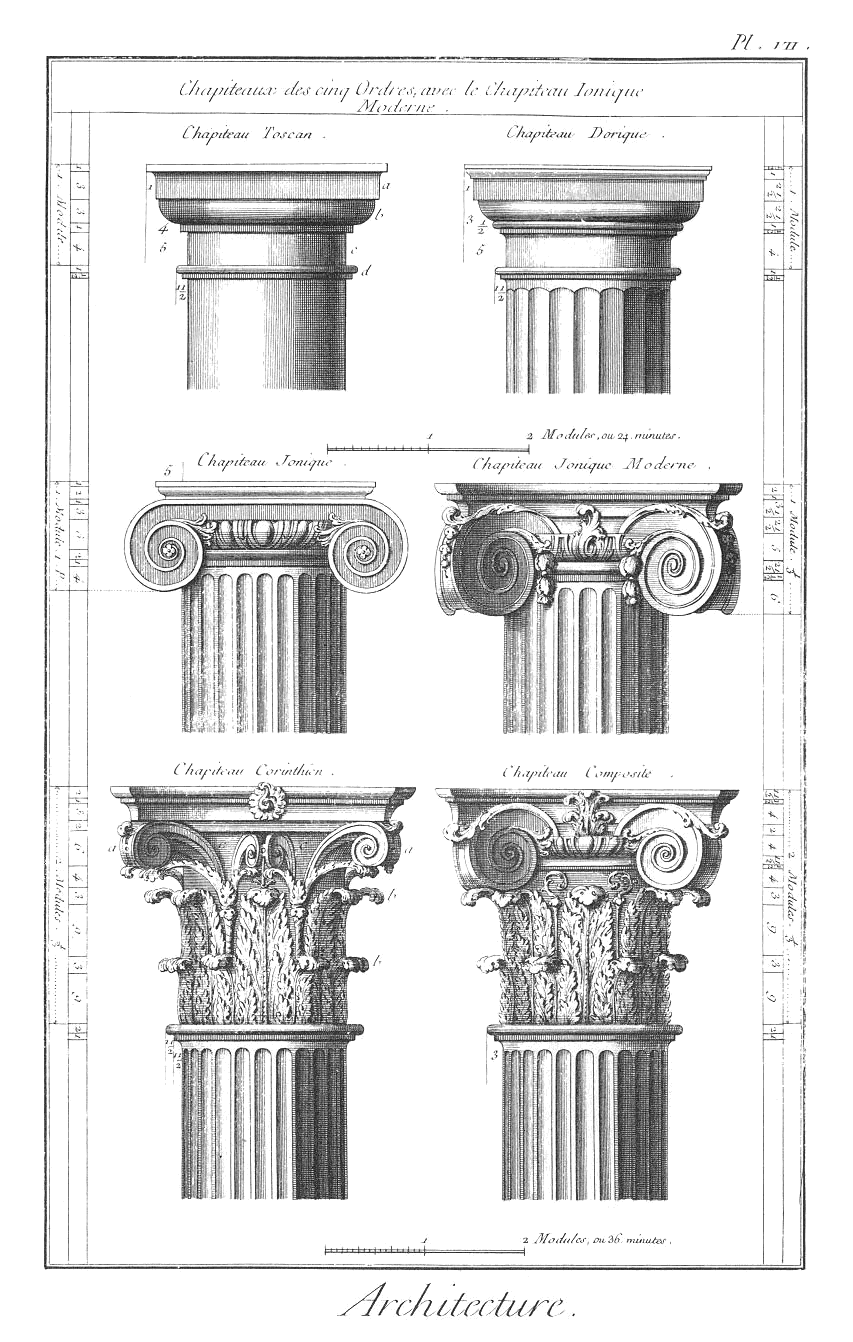Ancient Greek Foot on:
[Wikipedia]
[Google]
[Amazon]
The pous ( podes; grc-gre, ποῦς, ''poûs'') or Greek foot ( feet) was a Greek unit of 
length
Length is a measure of distance. In the International System of Quantities, length is a quantity with dimension distance. In most systems of measurement a base unit for length is chosen, from which all other units are derived. In the Interna ...
. It had various subdivisions whose lengths varied by place and over time. 100 podes made up one plethron, 600 podes made up a stade
Stade (), officially the Hanseatic City of Stade (german: Hansestadt Stade, nds, Hansestadt Stood) is a city in Lower Saxony in northern Germany. First mentioned in records in 934, it is the seat of the district () which bears its name. It is l ...
(the Greek furlong) and 5000 made up a milion (the Greek mile). The Greek pous also has long, median and short forms.
The pous spread throughout much of Europe and the Middle East during the Hellenic period preceding and following the conquests of Alexander the Great and remained in use as a Byzantine unit until the Fall of Constantinople
The Fall of Constantinople, also known as the Conquest of Constantinople, was the capture of the capital of the Byzantine Empire by the Ottoman Empire. The city fell on 29 May 1453 as part of the culmination of a 53-day siege which had begun o ...
in 1453.

Comparative analysis
A pous is divided into digits or fingers (''daktyloi'') which are multiplied as shown. Generally the sexagesimal or decimal multiples haveMesopotamian
Mesopotamia ''Mesopotamíā''; ar, بِلَاد ٱلرَّافِدَيْن or ; syc, ܐܪܡ ܢܗܪ̈ܝܢ, or , ) is a historical region of Western Asia situated within the Tigris–Euphrates river system, in the northern part of the F ...
origins while the septenary multiples have Egyptian origins.
Greek measures of short median and long podes can be thought of as based on body measures. The lengths may be compared to the Imperial/U.S. foot
The foot ( : feet) is an anatomical structure found in many vertebrates. It is the terminal portion of a limb which bears weight and allows locomotion. In many animals with feet, the foot is a separate organ at the terminal part of the leg made ...
of 304.8 mm. Stecchini Livio Catullo Stecchini (6 October 1913 – September 1979) was a professor of ancient history at Paterson State Teachers College (now William Paterson University) in New Jersey. He wrote on the history of science, ancient weights and measures ...
and others propose the Greek podes are different sizes because they are divided into different numbers of different sized ''daktylos'' to facilitate different calculations. The most obvious place to observe the relative difference is in the Greek orders of architecture whose canon of proportions is based on column diameters.
References
Mathematical and metrological references
* * * * * * *Linguistic references
* *Classical references
* * *Archaeological historical references
* * * *Medieval references
* * * * {{Hellenic measurement Human-based units of measurement Units of length Ancient Greek units of measurement ca:Llista d'unitats de longitud de l'antiga Grècia#Pous